Through many surveys and researches on the culture of Doi Mountain, Doi Pagoda and Tich Dien Festival, Associate Professor, Dr. Tran Lam Bien, a cultural heritage researcher, said that “Doi Son is a low, lonely mountain that suddenly rises in the middle of a vast agricultural area. It is like a cosmic axis that absorbs the vitality of Father Heaven, transmits it to Mother Earth to grow, connecting heaven and earth. If there were no Doi Mountain, there would be no Tich Dien here!”

At the age of 86, Associate Professor, Dr. Tran Lam Bien once again visited the Doi mountain area (Tien Son commune, Duy Tien town) on a day at the end of December 2023 when he was invited by the Department of Culture - Sports and Tourism of Ha Nam to attend the Scientific Workshop on Preserving and Promoting the Tich Dien - Doi Son Festival Space in Association with National Tourism Development.
Associate Professor, Dr. Tran Lam Bien said: “Doi Son is one of the low, lonely mountains that suddenly emerges in the middle of a vast agricultural area. I would like to tell you, in the world as well as in Vietnam, any lonely mountain, located in the middle of the vast space of rice fields, is always sacred. It is like a cosmic axis, connecting heaven and earth. It absorbs the vitality of Father Heaven, transmitting it into Mother Earth to grow. If there were no Doi Mountain, there would be no Tich Dien here.”

According to researcher Tran Lam Bien, in this country, there are many lonely mountains, suddenly emerging in the vastness such as Phat Tich, Long Ham, Chuong Son, Truong Long and as far away as Ba Den mountain, but clearly only Doi Son is located in the original territory of the Vietnamese people. In particular, this place is also the land closely related to King Le Dai Hanh, the first king with spiritual plows in history at the foot of this mountain. Since then, the custom of plowing Tich Dien has been passed down from generation to generation. Doi Mountain has also become a bright spot in terms of tangible cultural heritage with strong traditional features.
Discussing the Tich Dien festival and its values and influence on cultural development, Associate Professor, Dr. Tran Lam Bien said: "Doi Son and this village are located in the center compared to the entire Northern Delta region, so the Tich Dien festival is not simply a local festival, but as Mr. Thuan said, it represents an entire nation, and it is the beginning." According to Professor, Dr. Dinh Khac Thuan, Institute of Han Nom Studies, the Tich Dien festival originally appeared in China, after the feudal dynasties of Vietnam from the Tien Le to the Nguyen dynasties held it very solemnly to encourage agricultural production and pray for a year of good harvest. However, this festival ended after the last feudal dynasty in China and Vietnam ended.

In Ha Nam, the Doi Son Tich Dien festival was restored in 2009, a cultural beauty returning to its roots. The main ritual in the entire festival is the Tich Dien ceremony, recreating the legend from the time when General Le Hoan realized that Doi Mountain had an important strategic position for the capital Hoa Lu, so he went to the foot of Doi Mountain to plow the fields in early spring to encourage farming right from when he ascended the throne. The plowing ceremony is carried out in the following order: The performer is in the spirit of the king - King Le Dai Hanh plows 3 fields, the provincial leaders plow 5 fields, the town leaders plow 7 fields, the commune leaders and elders plow 9 fields.
Associate Professor, Dr. Tran Lam Bien said: “I want to say this, you understand that Mr. Thuan suggested a very good idea, which is to plow towards the South. Why is that? It is because of this, the South is the direction of red vitality, the direction of wisdom. The King is a righteous and noble person, plowing towards the South is towards the desire for this land to be rich, beautiful, and full of vitality. That is what we should care about.”

When Prof. Dr. Bui Quang Thanh, Vietnam National Institute of Culture and Arts, and many researchers talked about linking the Tich Dien festival with tourism development, they expressed their opinion: What solutions does Ha Nam need to continue exploiting the value of this destination that is preserving many values? Associate Professor, Dr. Tran Lam Bien said: “I think Mr. Bui Quang Thanh's idea is a very good idea, it can be done that way, but I would like to contribute to the issue of exploiting tourism from Long Doi Pagoda. Doi Pagoda is near Chau River. From the river bank, there is a stream dug straight into the foot of the mountain called "Con Ten" stream so that the king's boat can come and go conveniently. From the wharf, there is a gentle, wide road, enough to carry palanquins/hammocks up to the pagoda. Talking about the meaning, it is very high, especially the "Con Ten" stream, we must also exploit that. But, as Professor Dinh Khac Thuan said, this must be located in the South and we must reserve a certain area of land for it, not much. Because, after we organize the festival, only Doi Pagoda will have the tendency to attract people.”
Associate Professor, Dr. Tran Lam Bien expressed his opinion when there were many opinions about whether or not to draw a buffalo in the Tich Dien festival: “In the Tich Dien festival as well as other festivals associated with the buffalo, we must remember that the buffalo is associated with the moon, so its horns must be balanced like a crescent moon. Its four shoulders must have whorls. You know, in Buddhism there is a story of “Nguyet ai tam muoi”, for Vietnamese people we worship the moon to pray for good crops, those whorls are praying for water to have water for plowing.”
Jiangnan
Source


![[Photo] National Assembly Chairman Tran Thanh Man attends the Party Congress of the Committee for Culture and Social Affairs](https://vphoto.vietnam.vn/thumb/1200x675/vietnam/resource/IMAGE/2025/5/11/f5ed02beb9404bca998a08b34ef255a6)









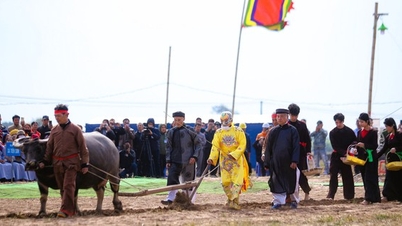

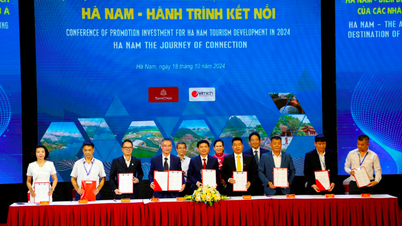



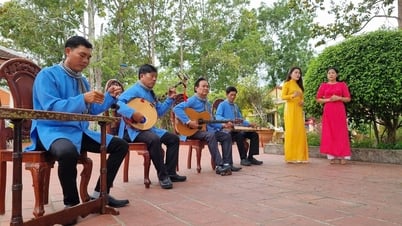
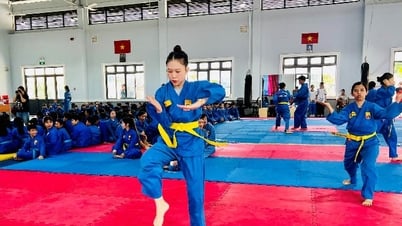
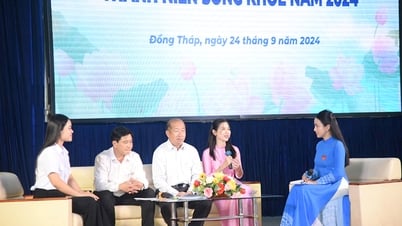
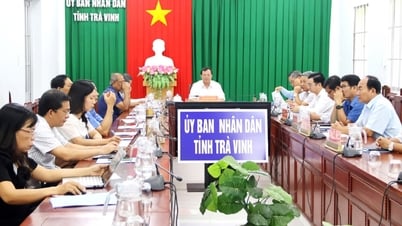
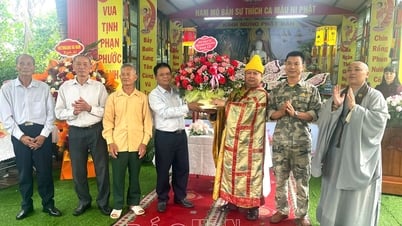
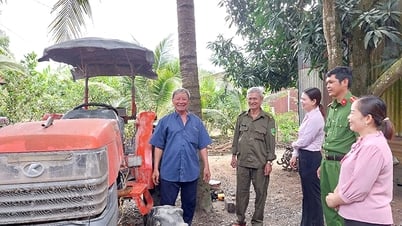





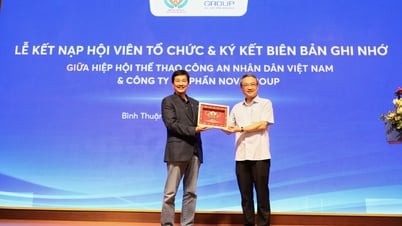




![[Photo] National Assembly Chairman works with leaders of Can Tho city, Hau Giang and Soc Trang provinces](https://vphoto.vietnam.vn/thumb/1200x675/vietnam/resource/IMAGE/2025/5/11/c40b0aead4bd43c8ba1f48d2de40720e)
![[Photo] Discover the beautiful scenery of Wulingyuan in Zhangjiajie, China](https://vphoto.vietnam.vn/thumb/1200x675/vietnam/resource/IMAGE/2025/5/11/1207318fb0b0467fb0f5ea4869da5517)




























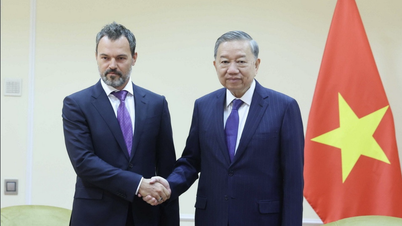















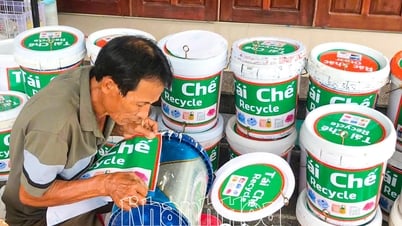

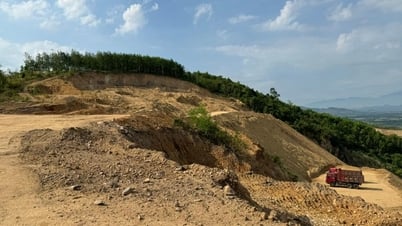

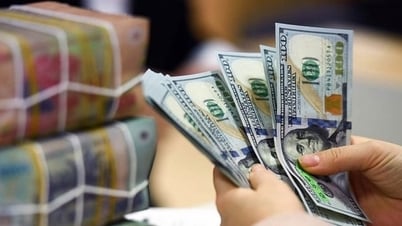

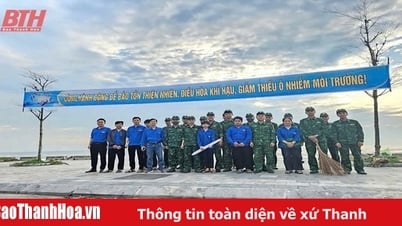











Comment (0)